
How to Get Deer Meat Processed
So you have shot the deer…yay! Woo hoo!
But now what?
You need to field dress (remove the insides) and quarter the deer shortly after harvesting and get it into a refrigerated container. More details on field dressing and quartering coming soon.
I’m here to talk about what’s next once you leave the ranch–getting all that meat in a form you can cook with.
Deer meat from native Texas deer is lean, organic, completely grass and forb fed, and the true meaning of farm to table.
Though I have processed an entire hog and deer with my Grandad, I don’t have time for that these days. I leave my deer at an official deer processing facility. Deer processors know how to process your deer into anything from ground venison to sausage links and they have secret seasoning recipes that will give your meat great flavor.
They’re literally where the buck stops. Ha!
Before You Leave Home
Before you leave for your hunting trip, figure out where you plan to have the meat processed. Print off directions and keep them in the front seat so that on your drive back home, you can get there quickly and easily and knock this off your “to-do” list by the time you get back to home.
Plus, just guessing, you’re probably not going to have a place to store your deer at your house. Unless you have a walk in refrigerator or several in the garage.
How to Choose a Deer Processor
Pick a place near where you live, as you can transport the deer in a cooler. A simple Google search (“deer processing”) will turn up more deer processing facilities than you probably ever thought existed. Deer processors are the type of places you drive by without blinking until the day comes when you need them, then you find they’re on every corner.
What You’ll Need
1 – 2 large cooler per deer (depends on how big your cooler is and how big your deer is)(always bring an extra)
Unscented garbage bags – You may use this for overflow meat that won’t fit in the cooler. Unscented is muy importante because you don’t want to put venison in a bag that is perfumed with roses. Blech!
What to do after harvesting the deer
Quarter your deer at the ranch where you shot it, if possible. Most ranches will have an area designated for this with all the right equipment, like a power washer, knives, rubber gloves, hangers, and a buckets. They might even have someone to do this for you.
If not, just lay your deer out on the ground and if possible, prop its shoulders up under a rock. Using a sharp knife with 4-5″ blade, make a slit down the belly of the deer from the base of the neck to between its back legs. Using the knife, peel back the skin and remove the insides without poking a hole in any of the deer’s stomachs. You can probably find a YouTube tutorial for more detailed instructions.
If you can’t quarter it on site, simply field dress your deer and keep it in a cooler until you can load it in the back of your truck or SUV and take it to the processor. They can finish it up for you.
Field dressing deer basically involves skinning the deer and removing its innerds into a bucket that you can dump somewhere on the ranch for the buzzards and coyotes and other animals in the web of life to enjoy. I will post a step by step soon.
Save the Backstrap!
(Say it like Julia Childs says Save the giblets!)
This is critical: SAVE THE BACKSTRAP! This is the most delicious part of the deer, the primo meat you will want to use in your best recipes. It is tender. Backstrap is located in strips along either side of the spine. Be sure to put this in a separate bag and keep cool. When you take it to the meat processor, have them slice it in 1/4″ slices.
Tag It
Tag your deer with the tag on your hunting license, filling out the county and property where you harvested the deer. Be sure that a proof of gender accompanies your meat all the way to the processor. The head will work just fine. (And you can put it in one of the black garbage bags you brought.) This is a state law meant to ensure hunters can account for everything they shoot. For example, it prevents hunters from trying to pass off a buck for a doe in order to skirt around bag limits for bucks.
At the Processor
At the processor, you will be given a menu to choose from and you’ll have to tell them how you want your deer processed.
I like to get a variety, as it leaves a variety of meals I can make!
Here’s a sample menu from the last place I got my deer processed — Eddie Ray’s Smokehouse in McGregor, Texas. We brought in two quartered whitetail deer, totaling about 60 pounds of meat together.
You have to order by the pound and they can tell you how much your deer weighs, so you know what you are working with.
What to Order
Definitely get some pure ground venison for queso, pasta sauces, burgers, calzones (YUM) and other dishes. The processor may ask if you want him to mix in pork to the ground venison you’re ordering to “give it flavor.” I would say no–you can always add that later, at the time of cooking, but I’ve found you don’t always need it and personally, I like the pure venison for its healthiness and its taste.
Definitely get smoked venison sausage. It is so delicious in your eggs, in your soups, on crackers with cheese, and on just about anything. Nothing says a cozy winter day like a hearty stew with venison sausage. And Pride and Prejudice on the TV, duh. This combination simply can’t. be. beat.
Now I’ve started dreaming of sausage and eggs before a day of hunting…heaven.
Ok, you definitely need to try buck sticks:
Aside from backstrap, buck sticks are my absolute favorite things to get at the processor. They are fully cooked (as opposed to the sausage above) and every processor will have a different name for them but they are universally known as buck sticks. Above, they are called “Eddie Ray’s Specials.”
They are the BEST for snacking during crisp fall and winter days when you’re outside camping or in the deer blind waiting on your next deer.
Pair them with some saltines and a big red wine while sitting out on the patio and unwinding from the work day.
For sausage and buck sticks, I let the processor add pork just because it adds flavor, also known as fat, but also known as flavor.
Vaccuum Seal or Butcher Paper?
That is the question. I don’t always ask for the vaccuum packaging, except for in the case of buck sticks.
Some of my favorite memories growing up were sorting through the paper packages of meat in my Grandaddy’s deep freeze to see what kind of wild and domesticated animals he had quartered up for us to eat. Oh, the fun country girls get to have.
The Mount
Now, what to do with the head? Once you get to the processor, you don’t have to keep it anymore unless you want to.
If you want to mount your buck to keep as a keepsake of your hunting experience, go for it! Always makes for a great conversation piece at your next party.
Check out these talented women artists for unique ways to display your trophy!
And I hang my antlers on my wall with pride, even though I live in Austin.
Your processor will most likely have a recommendation for a local taxidermist.
The Wait
A deer processor can process your animal in a matter of days, but if it is the middle of hunting season, expect to wait a few weeks.
What Else Should You Know?
Remember that it is OK to ask the deer processor questions. Don’t be shy. I have hunted and gone to the processor this a million times and still ask questions.
Just think, you’re probably the cutest hunter they’ve encountered all day and their options are either to talk to you or to go back to staring at the inside of a walk in cooler.
Happy cooking!




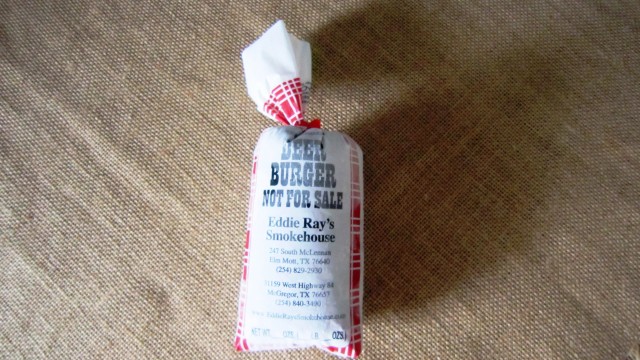
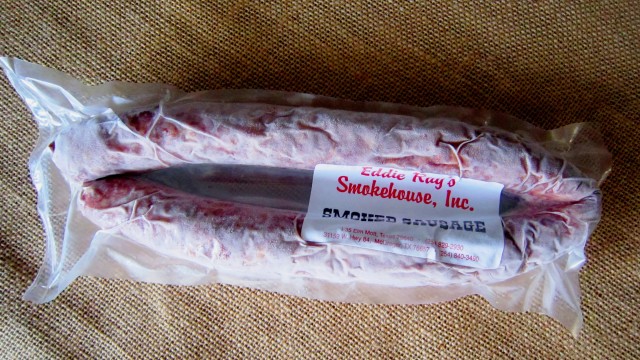
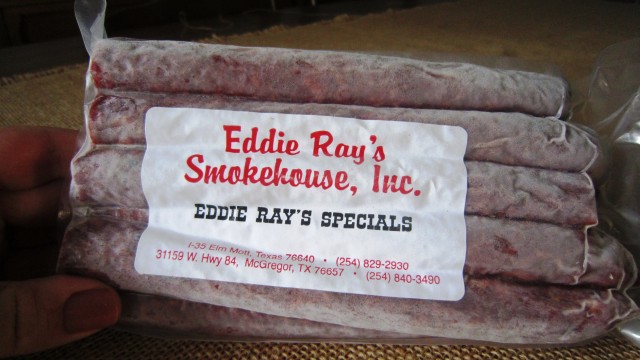
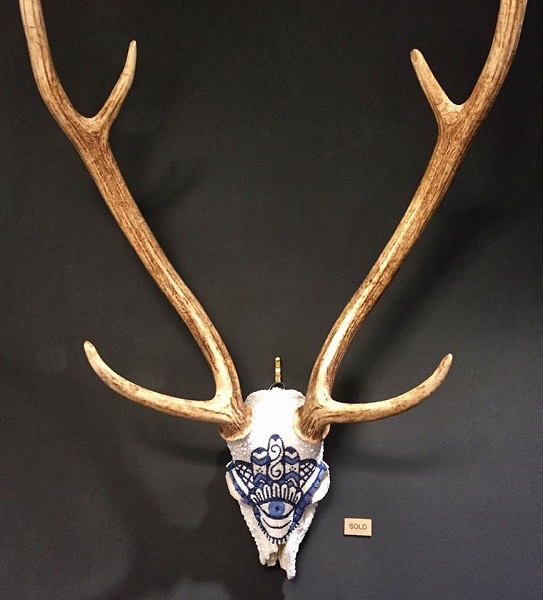
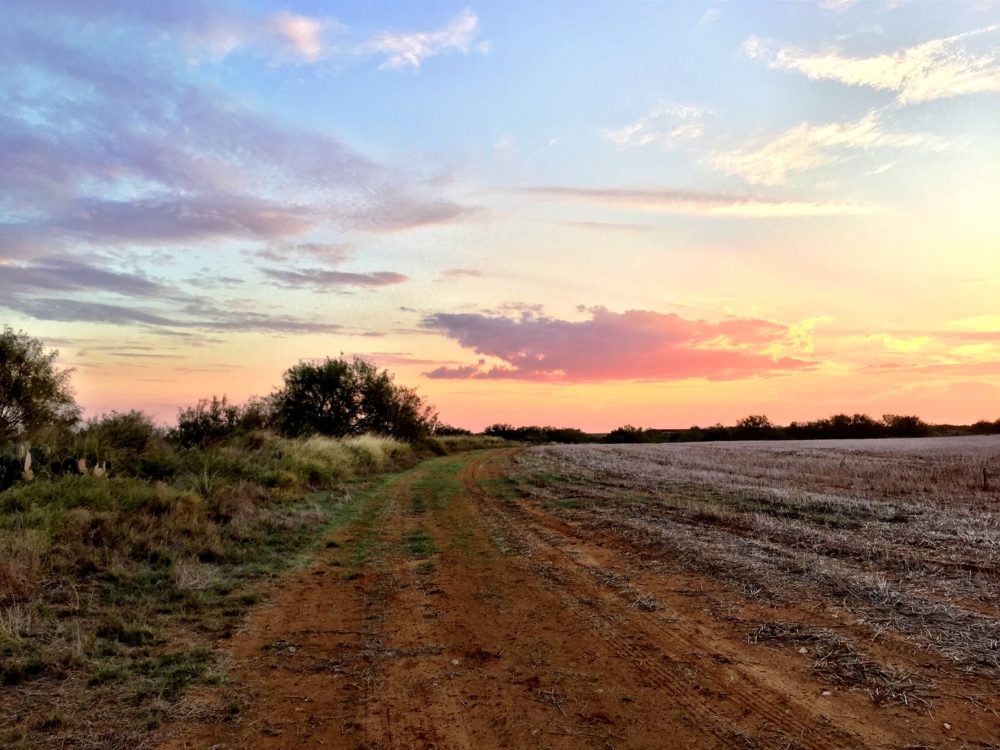

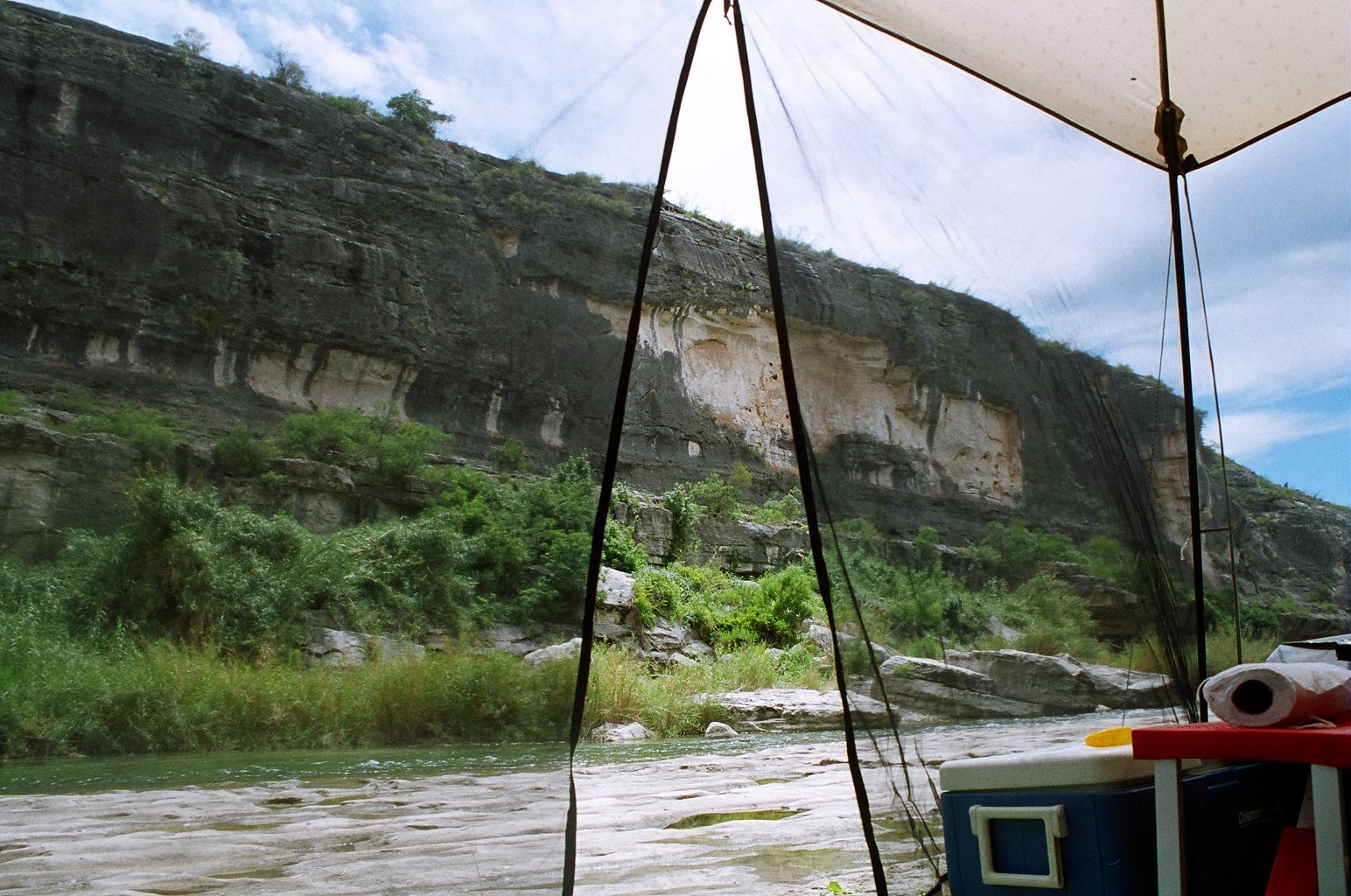
One Comment
Noel
Good information here, Whitney!
One thing we’ve seen hunters do that’s a travesty is leave the tenders behind with the deer carcass. Rather than gut the deer, they remove the quarters only, cut out the backstrap and discard the carcass with the guts still intact. They miss out on the most important cut: the tenders! These are located inside the carcass along the inside of the vertebrae. They’re not very big, but man are they delicious! One whitetail tender is just enough to make a meal for my husband, but they’re even better than the backstrap. We actually call them the poison glands as a joke to try to keep people from wanting them. 😉 Somehow I usually end up with tenders at the end of the year because I’m kind of stingy with them, saving the best for last. Now I think I know what we’ll be having for supper tonight… Thanks for the inspiration!